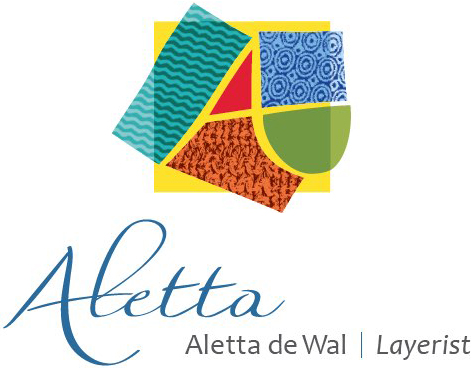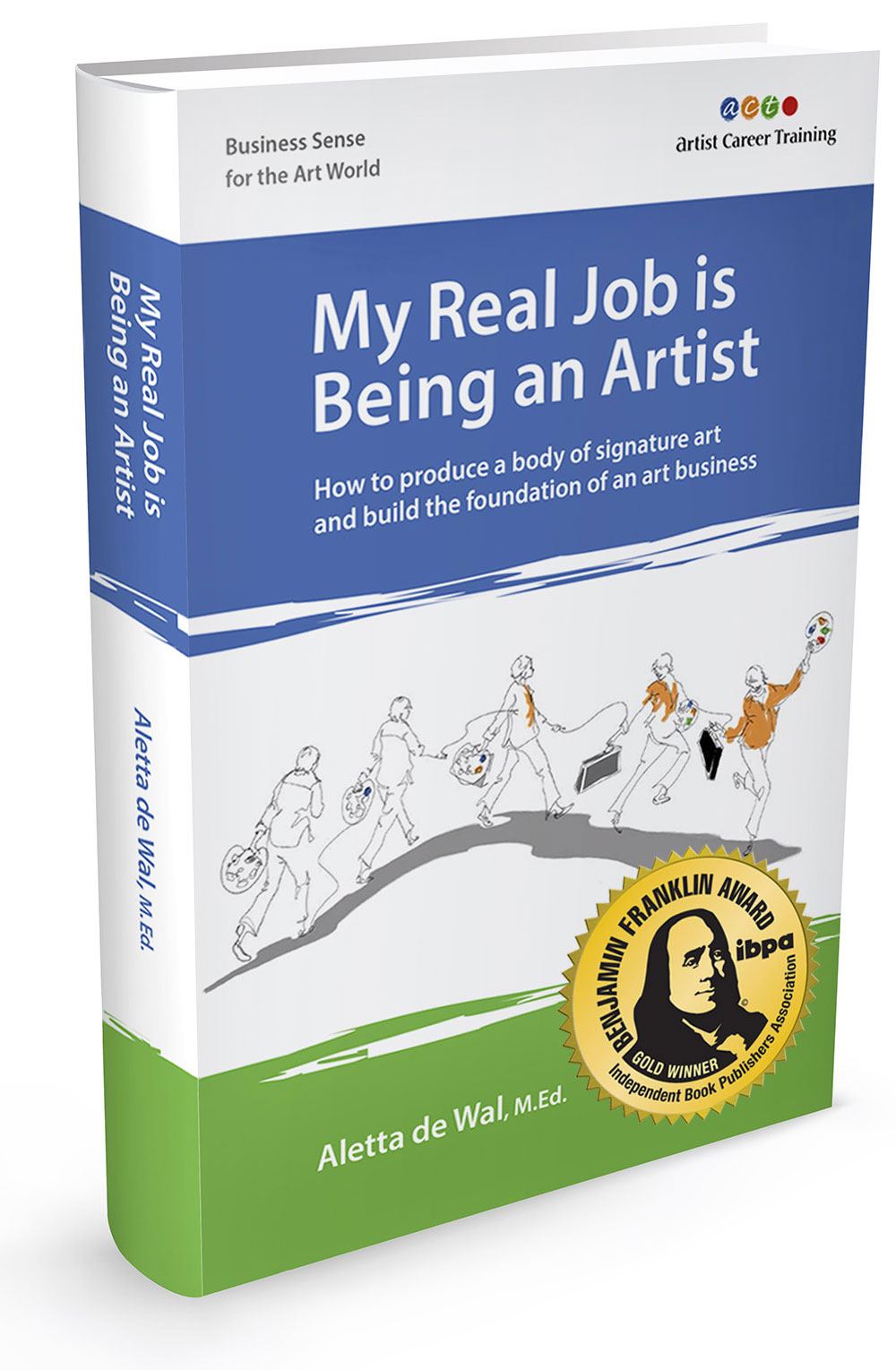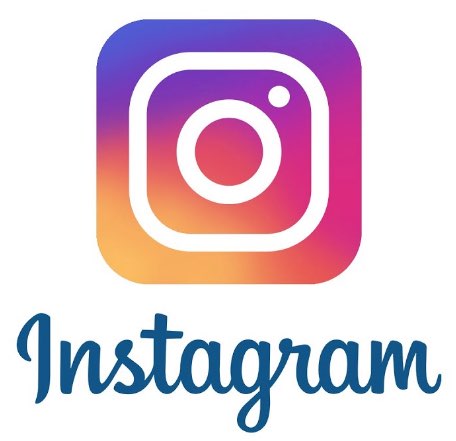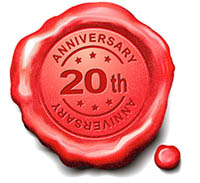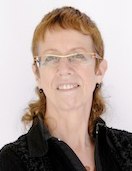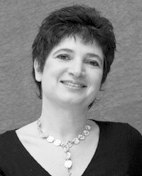Sculptor Darryl Johnson's Eye Disease Creates His Artistic Vision
Transforming Challenges Into Advantages
Estimated Reading time: About 8 minutes
Tired of reading? You can listen here! ![]()
Darryl longed to focus on art since he was young, but his family was very concerned that he would not be able to make a living as an artist. So he attended Indiana University and received a degree in Political Science. He later attended Ball State University and received a master's degree in Information and Communication Science. After graduating Darryl worked in government and the private sector.
As you will learn in this interview, Darryl’s journey to become a figurative artist has been unusual and is a great lesson in how to transform challenges into opportunities. Studying martial arts intensifies his knowledge of human anatomy. Darryl has mid-level belts in both Tae Kwon Do and Hapkido.

Facebook: www.facebook.com/Sculptordarrylj
Twitter: https://twitter.com/sculptordarrylj
A.C.T.: What prompted you to start your art career?
In 2007, I was diagnosed with a rare eye disease called Retinitis Pigmentosa. I lost my ability to drive a car, so I was sidelined from my corporate sales job.
Next I had the opportunity to homeschool my kids for two years. I really cherished this opportunity, so I attended Cleveland State University with the intention of obtaining my license to teach middle schoolers.
Again I was sidelined. My academic scores were high, but many of my peers and some professors questioned my ability to manage a classroom of teenagers in a tough environment due to my lack of eyesight.
I had not completed any type of art in over fifteen years. One day I felt compelled to visit a local art supply store and purchased some air-drying clay. In three days I sculpted the Maasai Warrior sculpture. I poured my heart and soul in this sculpture.

© Darryl Johnson ‘The Warrior’
My wife said – ‘Hey you have a real gift here. You just found your career.’ With her encouragement I went further.
A.C.T.: What is your “life’s work” as an artist?
All of my sculptures are reality based and human figurative in nature.
I am self-taught. So I am still learning how to make best use of my processes, tools, and materials. I believe learning how to produce high quality art efficiently will help my professionalism. I am also now experimenting with casting in metal and painted metals.
My work focuses on depicting the human figure in a wide range of activities and situations - through various phases of life, in mythology or the supernatural, in action, yoga and meditation.
One of my themes is to take people with disabilities like mine and put them into different situations.
‘Divine Suffering’ is about a character I invented - the Blind Monk - suffering on a cross under a disability symbol banner. The other two in the series will show the Blind Monk dealing with challenges associated with being legally blind.

© Darryl Johnson ‘Divine Suffering’
My wife is my principle model. I’ve dedicated three sculptures to her. In ‘The Goddess’ she is Isis from Egyptian mythology. I researched the hieroglyphs for their hidden meaning. Isis used her magic to literally put her husband back together again and breath life back into him after his brother cut him into pieces. I thought this was reminiscent of my wife directing me towards art after several other doors have closed, and I felt cut into pieces.
Not all of my sculptures depict such somber themes. The Beautiful Woman, Tribal Conflict, and Urbane represent such diverse themes as beauty, tribal conflict, and cultural pride.

© Darryl Johnson ‘The Beautiful Woman’
I believe Art should celebrate the human form or enlighten the mind and make us think. True, we can survive without Art, but that life would be short and brutish. Many ancient societies celebrated visual arts. Modern times should not be an exception.
I am not interested in surviving and getting by. I want to live. I want to thrive.
A.C.T.: What is your art business direction?
I am only two years into my career, so I am still very naive about how to turn my art into a business. I am open to displaying my work at small galleries, schools, and libraries or on-line. Mainly I am just eager for people to see my art right now.
I’m really working on learning the craft, the process and just getting good at my work and technique. I am happy with ten of the twenty sculptures I have completed - both traditional figurative sculptures and mix media reliefs that can be hung on a wall like a painting.
A.C.T.: How does your vision impairment challenge your life and affect your life as an artist?
‘A person with normal vision has frontal and peripheral vision. The eye can see an image by interpreting light hitting the back light-sensing cells, the rods and cones, which line the retina. If something happens to these cells, then vision distortion or even blindness occurs. A person with retinitis pigmentosa (RP) loses much of their peripheral vision and sees an effect sometimes called “tunnel vision.” A person with age-related macular degeneration (AMD) loses some vision usually in the center of their field-of-vision.’ Source and images
That happened to me in my 30’s. There are no cures, stronger glasses, medicines or surgery. Retinitis pigmentosa is degenerative so every year it gets a little bit worse.
Because my rods are shot, I have no peripheral vision so I don’t see around the edges. I have only central vision, cones which control color. I see a partial silhouette in daytime if I look at someone. At night, cloudy days or overcast, in shadow or when I come indoors my vision drops – in some cases to nothing.
Retinitis pigmentosa is a genetic disease, but it looks like I am generation one. I discovered it because when I walked I started bumping into things; I hit my house with my car.
I went to multiple doctors. Finally I went to a brain surgeon who sent me to a Neuro ophthalmologist– someone who studies the pathway from the eye to the brain. Good news – my brain is very healthy. They told me I could become totally blind. I don’t believe that. In the next fifteen to twenty years, I believe I may see this way all the time.
I use a lot of technology to create my Art. I take photographs of my models or use professional art modeling sites. Next I download the pictures to my iPad for maximum size and resolution. I can’t use a computer because I can’t see the cursor easily or simultaneously both the screen and keypad. Once I have a clear image I begin sculpting.
A.C.T.: How do you manage your time, money and energy?
I sculpt every given moment I have. When I am not sculpting, I am teaching children and adolescents Art. And I paint, draw and sculpt with the kids. I prepare a lot, so that everything they do, I’ve done before the classroom starts. As I learn it, I teach them the steps.
After I completed several sculptures, I was having a casual conversation with members of a nonprofit board of directors and a private school. They saw my sculptures on my iPhone and asked if I could teach children about Art. They gave me the opportunity to teach at a S.T.E.M. (Science, Technology, Engineering and Math) academic summer camp at Morehouse College. I was able to link art to those four core areas.
For example, I took a historical figure like Benjamin Banneker, who was one of the surveyors for Washington, D.C. I taught the kids how to do architectural drawings. In the process they learned about parallel lines, intersecting lines, and right angles. Once you understand how to draw – creating a vanishing point and depth – you can relate that to math and science.
In the Italian Renaissance, Michelangelo and other artists of the era were great mathematicians and scientists. Now with computers, everything is so specialized instead of connected as it is in nature. To do figurative drawing – and animation - you have to understand biomechanics and biology – how the arm or leg moves, so kids are interested in that.
If you really study nature, you can’t separate math and science. Take sunlight. The rays reflect through the atmosphere and that’s how we are able to see. The question of what your eye can pick up or not pick up determines your vision.
I am currently employed as an Art teacher at a private school. I teach the fundamentals of drawing, painting, and sculpture. I use Art as a vehicle to other topics such as Art History, Mathematics, and Science.
I also make toys. I taught my students how to play chess and we made our own board and chess pieces. Someone suggested I could see these because people are ‘going retro’ and want to get away from technology and sit around and talk to people.
A.C.T.: What obstacles have you encountered in your art business and how have you handled them?
The first two or three years of going through the eye disease, losing the ability to drive was very hard, especially in the United States. When I was no longer in corporate America I lost friends. I realized that the only thing we really had in common was the job.
I’m in Atlanta and the city grew very fast so the Infrastructure that would exist in a north east or mid west city doesn't exist. There aren't a lot of sidewalks here. To cross the street, I have to really plan my route. There are times of the day, and situations when I simply can’t cross so I have to know that.
When doors close, you really have to focus on what are my passions and strengths and what am I really going to do for the next twenty years. There have been challenges and frustrations but losing my vision has also given me the opportunity to let go of things. That really reveals who and what is important. If not for this, I’m sure I wouldn’t be painting and sculpting.
A.C.T.: What peak moments have you had as an artist?
When I complete a well-executed sculpture that makes it into my portfolio, then I reach a "peak" moment. Right now especially – the idea of the Blind Monk series because it really makes a statement that gets people thinking.
The first one I exhibited was just standing there with a blindfold and his blind stick and I talked about why I created it – the isolation. To create that sculpture that embodies the pain and frustration and have people get it is really peak.
Art is a great vehicle to transport people into different worlds and perspectives. I believe the Blind Monk series accomplished this. Here my goal is to transport the viewer into the world of blind person.

© Darryl Johnson ‘Study – The Blind Monk Side view’
As an Art teacher I had several peak moments with students. Introducing students to the Harlem Renaissance and studying various artists associated with that time period has been particularly rewarding.
A.C.T.: Who are your role models and mentors? What was the best advice they gave you?
I have some mentors who are totally blind - a professional athlete who woke up one day totally blind and some veterans. I wasn’t aware of this community until I became legally blind.
I do not have a formal art mentor. Sabin Howard, Paige Bradley, and Brian Craig Booth are the people I want to be when I grow up. They have such mastery of technique in capturing the human form. That’s my goal – to have the skills to express ideas that are limited by my current skills.
A.C.T.: What advice would you pass on to artists who want to succeed in any economy?
Seek financial stability and a means to pay your bills first, and then you will be in a better position to pursue your Art. Even if that means working your craft after work or on the weekends. Be consistent and make the time.
A.C.T. How you feel artists can benefit from the types of programs, services and products we offer at Artist Career Training?
Mentoring and professional development is a critical need for new artists like myself.

